Filter by

Mongol Court Dress, Identity Formation, and Global Exchange
The Mongol period (1206-1368) marked a major turning point of exchange – culturally, politically, and artistically – across Eurasia. The wide-ranging international exchange that occurred during the Mongol period is most apparent visually through the inclusion of Mongol motifs in textile, paintings, ceramics, and metalwork, among other media. Eiren Shea investigates how a group of newly-conf…
- Edition
- -
- ISBN/ISSN
- 9781032238432
- Collation
- xvii,207 p
- Series Title
- -
- Call Number
- 391.00951 HEA M
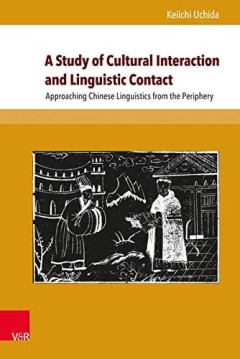
A study of cultural interaction and linguistic contact : approaching Chinese …
This study is an attempt to reorient the field of Chinese linguistics from the perspective of the new field of cultural interaction studies. The author, approaching Chinese linguistics from the periphery, examines such topics as the spread of Western learning and linguistic contact and Westerners’ study of Chinese: He studies materials produced by Western missionaries and Ryukyuan materials t…
- Edition
- -
- ISBN/ISSN
- 9783737006996
- Collation
- 265p. : ill
- Series Title
- -
- Call Number
- 495.1 STU s
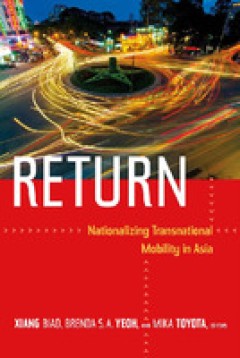
Return; Nationalizing Transnational Mobility In Asia
Since the late 1990s, Asian nations have increasingly encouraged, facilitated, or demanded the return of emigrants. In this interdisciplinary collection, distinguished scholars from countries around the world explore the changing relations between nation-states and transnational mobility. Taking into account illegally trafficked migrants, deportees, temporary laborers on short-term contracts, a…
- Edition
- -
- ISBN/ISSN
- 9780822377474
- Collation
- Knowledge Unlatched (KU)
- Series Title
- -
- Call Number
- -
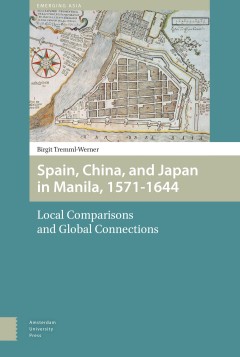
Spain, China and Japan in Manila, 1571-1644 : local comparisons and global co…
This book offers a new perspective on the connected histories of Spain, China, and Japan as they emerged and developed following Manila’s foundation as the capital of the Spanish Philippines in 1571. Examining a wealth of multilingual primary sources, Birgit Tremml-Werner shows that crosscultural encounters not only shaped Manila’s development as a “Eurasian” port city, but also had pro…
- Edition
- -
- ISBN/ISSN
- 9789048526819
- Collation
- viii, 365 p.
- Series Title
- -
- Call Number
- 959.91602 TRE s
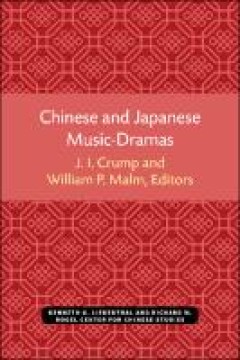
Chinese and Japanese music-dramas
Chinese and Japanese Music-Dramas is the result of a conference on the relations between Chinese and Japanese music-drama held at the University of Michigan, Ann Arbor, on October 1–4, 1971. In addition to the Association for Asian Studies, four U-M departments participated in the conference: the Center for Japanese Studies, the Center for Chinese Studies, the School of Music, and the Speech …
- Edition
- -
- ISBN/ISSN
- 9780472901371
- Collation
- VIII, 255 p.
- Series Title
- Michigan Monographs In Chinese Studies, 19
- Call Number
- 782.10951 CHI c
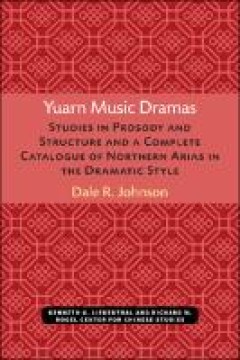
Yuarn music dramas : studies in prosody and structure and a complete catalogu…
Part One of Yuarn Music Dramas presents a detailed analysis of form and structure in Yuarn music drama, with sections on the act, the suite, the aria, the verse, metrics of repeated graph patterns, parallelism, and the matching of suite and mode. [vii] Part Two presents the first catalogue of arias of its kind to be published in a language other than Chinese. It is a compilation of all of the a…
- Edition
- -
- ISBN/ISSN
- 9780472901470
- Collation
- XVI, 376 p
- Series Title
- Michigan Monographs In Chinese Studies, 40
- Call Number
- 895.12409 JOH y
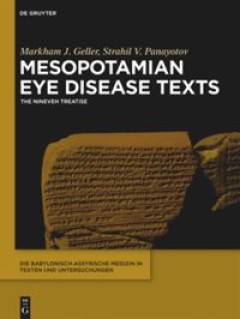
Dunhuang manuscript culture : end of the First Millennium
Dunhuang Manuscript Culture” explores the world of Chinese manuscripts from ninth-tenth century Dunhuang, an oasis city along the network of pre-modern routes known today collectively as the Silk Roads. The manuscripts have been discovered in 1900 in a sealed-off side-chamber of a Buddhist cave temple, where they had lain undisturbed for for almost nine hundred years. The discovery comprised …
- Edition
- -
- ISBN/ISSN
- 9783110726572
- Collation
- VIII, 289 p.
- Series Title
- -
- Call Number
- 091.095145 GAL d

An annotated bibliography of Chinese painting catalogues and related texts
The student of Chinese painting must from time to time consult John C. Ferguson’s Li-tai chu-lu hua mu, an index to Chinese paintings recorded in Chinese catalogues. The catalogues in which the paintings are compiled are of equal interest: their compilers, the date of their compilation, their scope, their derivation, their merits and shortcomings, and so on. An Annotated Bibliography of Chine…
- Edition
- -
- ISBN/ISSN
- 9780472902217
- Collation
- VI, 143 p.
- Series Title
- Michigan Monographs In Chinese Studies, 16
- Call Number
- 016.759951 LOV a

The history and cultural heritage of Chinese calligraphy, printing and librar…
In China the tradition of a book society is longer than anywhere else in the world. Chinese paper making, calligraphy and woodblock printing date from very early ages, but have for a very long time remained almost unknown to the Western world. At the IFLA satellite meeting “Chinese Written and Printed Cultural Heritage and Library Work” in Hangzhou in 2006 the richness of present day book h…
- Edition
- -
- ISBN/ISSN
- 9783598441790
- Collation
- 251 p.
- Series Title
- IFLA Publications, 141
- Call Number
- 495.1 HIS h
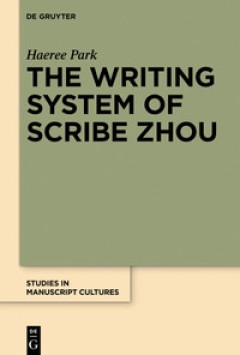
The writing system of scribe Zhou : evidence from late pre-imperial Chinese m…
This book investigates the nature of regional variation in the early Chinese writing system through bamboo manuscripts and inscriptions dating from the late pre-imperial China (5th-3rd centuries BCE). Diachronic and synchronic comparisons of graphic details show that none of the well-recognized regional varieties developed independently from one another. Furthermore, differences in graphic comp…
- Edition
- -
- ISBN/ISSN
- 9783110459302
- Collation
- XIV, 328 p.
- Series Title
- Studies in Manuscript Cultures, 4
- Call Number
- 495.11109 PAR w
 Computer Science, Information & General Works
Computer Science, Information & General Works  Philosophy & Psychology
Philosophy & Psychology  Religion
Religion  Social Sciences
Social Sciences  Language
Language  Pure Science
Pure Science  Applied Sciences
Applied Sciences  Art & Recreation
Art & Recreation  Literature
Literature  History & Geography
History & Geography